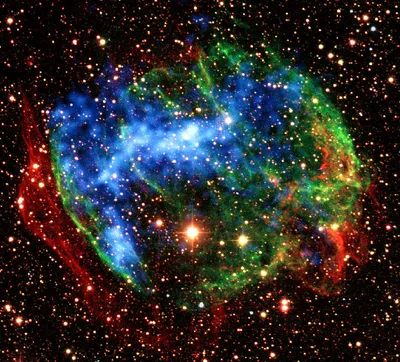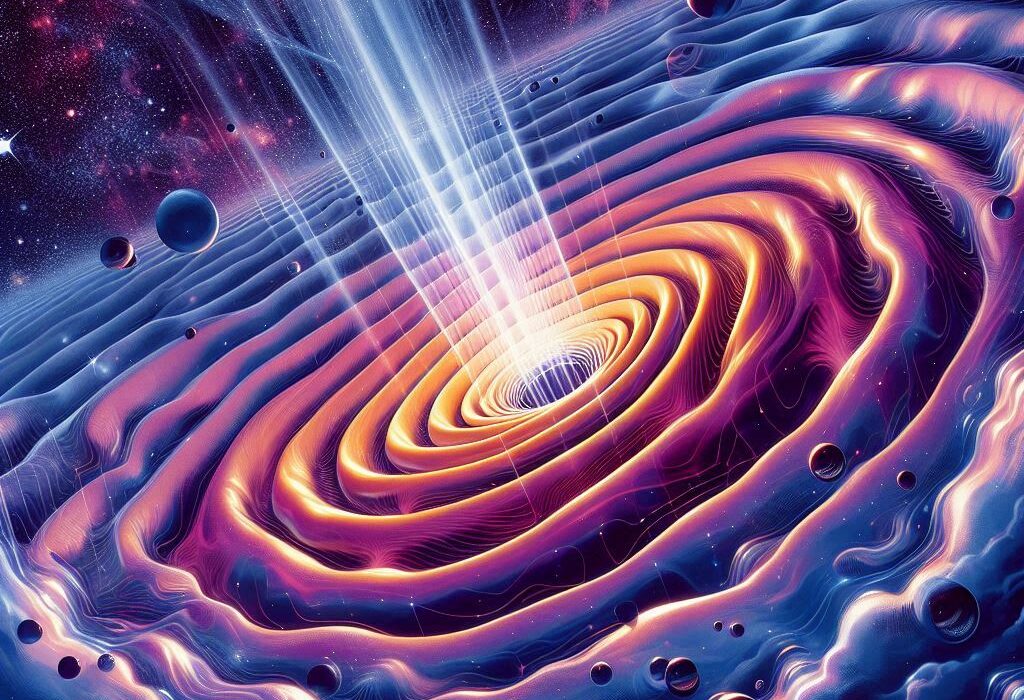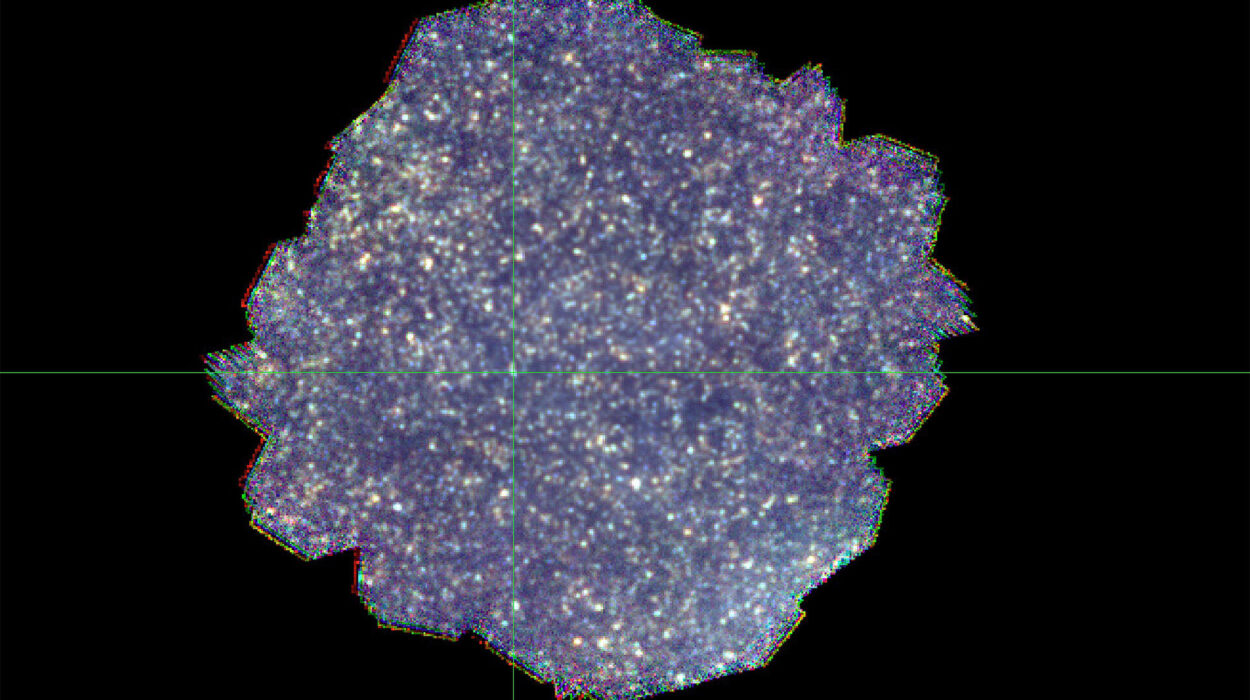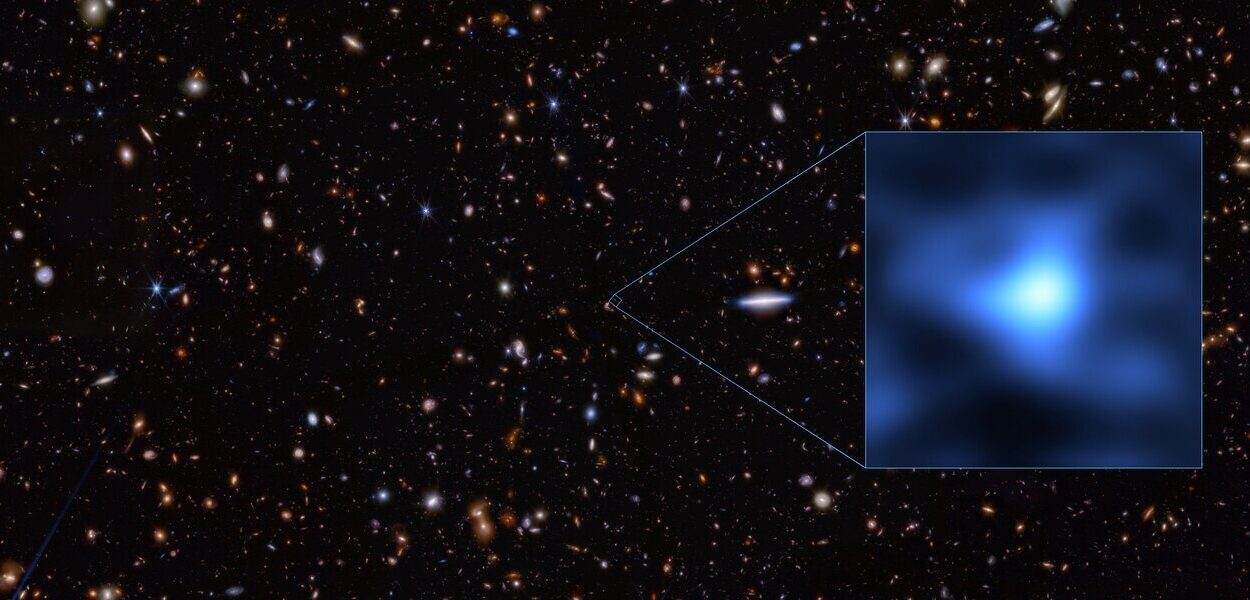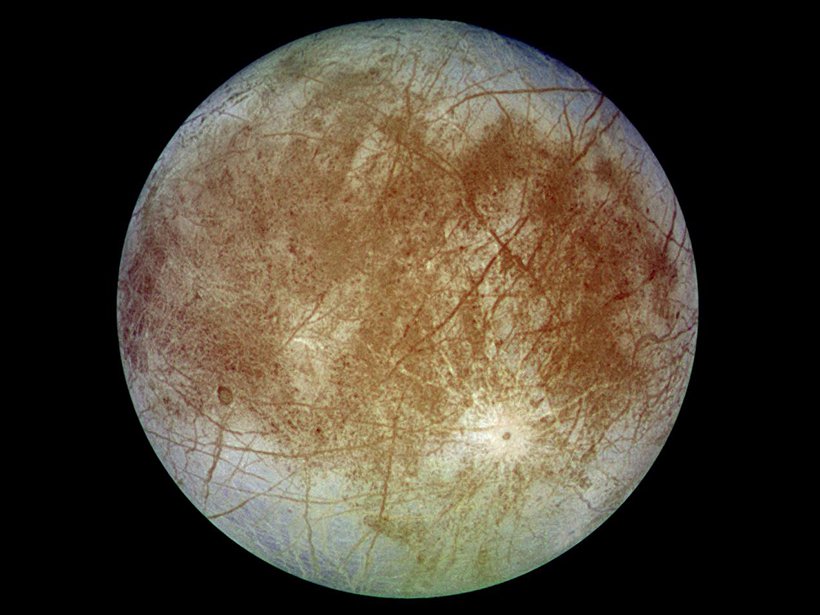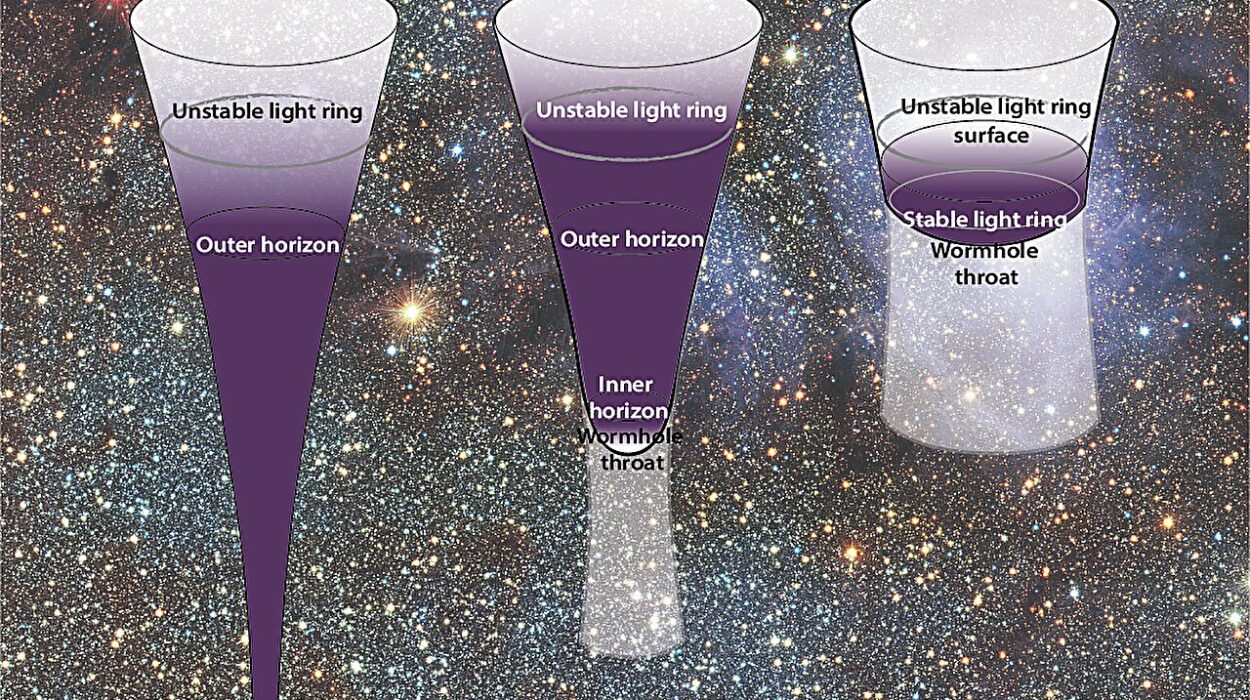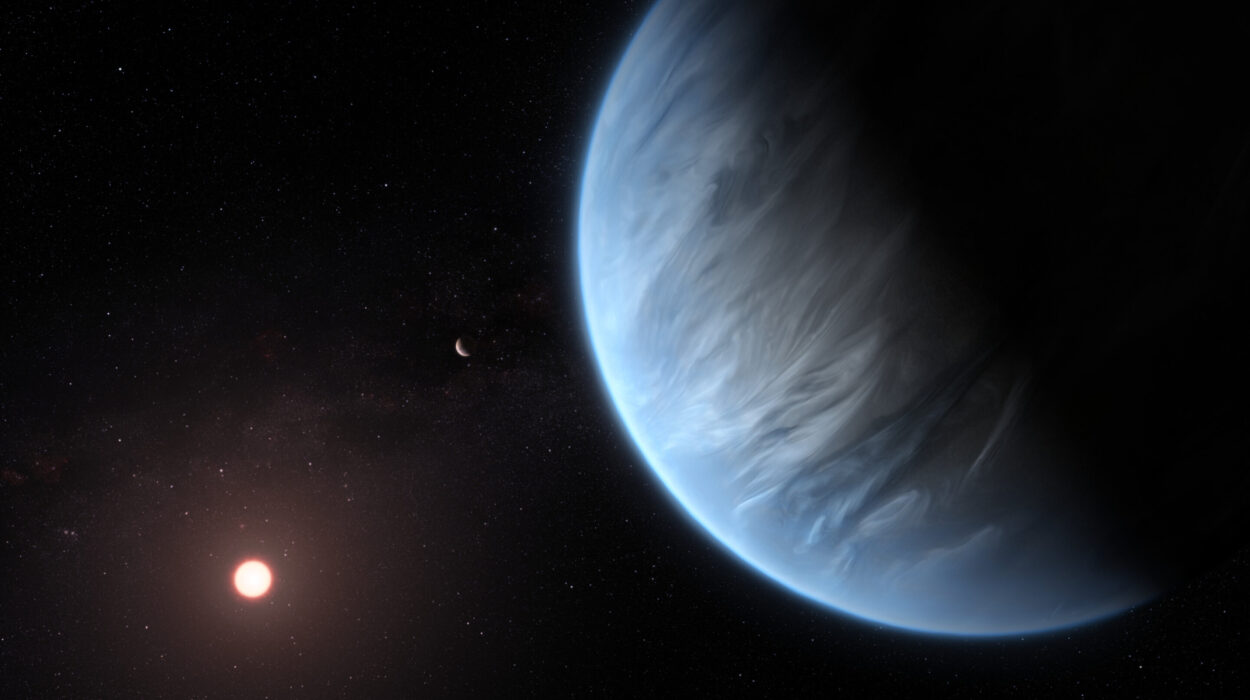The universe is not a quiet place. It’s a vast, churning ocean of cosmic activity—galaxies collide, stars are born, black holes devour matter, and in some of the most dramatic events ever witnessed, stars explode. These explosions light up the cosmos with staggering brilliance, sometimes shining more brightly than an entire galaxy for a brief period. These cataclysms have captivated astronomers and storytellers alike, and two of the most spectacular of these stellar events are novae and supernovae.
Though the names sound similar, a nova and a supernova are fundamentally different phenomena. They arise from different causes, involve stars in different life stages, and produce vastly different outcomes. To understand these differences, we must dive into the life cycle of stars, the physics of stellar death, and the incredible processes that turn quiet suns into raging beacons of light.
This is not just a tale of explosions—it’s the story of stellar relationships, cosmic thresholds, and the ever-changing nature of the heavens. So let’s begin our journey by exploring what it really means when a star explodes.
What is a Nova?
Imagine a star quietly orbiting in a binary system, paired with a compact, dense partner known as a white dwarf. The two stars are locked in a gravitational dance, circling each other in silent proximity. Over time, the white dwarf begins to pull matter from its companion—hydrogen gas, siphoned away like cosmic fuel. This stolen material forms an accretion disk around the white dwarf and eventually falls onto its surface.
As hydrogen accumulates on the surface of the white dwarf, pressure and temperature increase. But white dwarfs are strange objects—dead stars, still hot but with no internal fusion. Instead of fusing hydrogen in their cores, they act like cosmic pressure cookers, waiting for a critical threshold. When enough hydrogen has piled up, the surface undergoes a runaway thermonuclear reaction. The result? A sudden, explosive burst of energy: a nova.
A nova does not destroy the white dwarf. It’s more like a massive stellar belch—a temporary flare-up in brightness caused by surface fusion. The star can increase in luminosity by a factor of tens of thousands, briefly becoming visible where none was seen before. Over days or weeks, the light fades, and the star returns to its quiescent state.
This process can happen repeatedly. If the white dwarf survives the nova—and it usually does—it may continue stealing gas and erupting again. Some stars have had dozens of known nova outbursts, earning the title “recurrent novae.”
The Anatomy of a Supernova
Now let’s turn to the supernova. If a nova is a firecracker, a supernova is a thermonuclear bomb the size of a solar system. Supernovae are not temporary flashes—they are cosmic endings and rebirths, shattering stars and creating the very elements that make life possible.
There are two main kinds of supernovae, each with very different origins:
- Core-collapse supernovae (Type II, Ib, and Ic), which occur when massive stars exhaust their nuclear fuel and their cores collapse under gravity.
- Thermonuclear supernovae (Type Ia), which occur in binary systems where a white dwarf accretes too much mass and explodes entirely.
Let’s first focus on core-collapse supernovae. These are the spectacular deaths of stars at least eight times the mass of the Sun. These stars live fast and die young. They burn through their hydrogen quickly, then fuse heavier and heavier elements in their cores—helium to carbon, carbon to oxygen, oxygen to neon, and so on, until iron forms. But iron cannot release energy through fusion. It is the nuclear dead end.
Once iron builds up in the core, the star is doomed. With no fusion to counteract gravity, the core collapses in a fraction of a second. Temperatures spike to billions of degrees, and the core crushes into a neutron star or black hole. The outer layers rebound off the collapsing core in a violent explosion—a supernova.
Thermonuclear supernovae, on the other hand, begin much like novae. A white dwarf steals matter from a companion. But if the mass of the white dwarf approaches a critical limit—about 1.4 solar masses, called the Chandrasekhar limit—the star becomes unstable. Instead of a surface explosion, the entire white dwarf undergoes a runaway thermonuclear reaction. The whole star detonates, leaving nothing behind.
Differences in Cause
So, what really separates a nova from a supernova?
At their core, the difference lies in what is exploding and why.
A nova is a surface phenomenon on a white dwarf. The white dwarf itself survives the explosion, and the outburst is triggered by the fusion of newly accreted hydrogen on its surface. It’s like lighting a fire on top of a rock.
A supernova, in contrast, is the destruction—or transformation—of a star. In the core-collapse variety, the star runs out of fuel and collapses under its own gravity. In the thermonuclear type, the white dwarf accumulates too much mass and self-destructs. The entire structure is involved.
Moreover, the energy released is vastly different. A typical nova may emit the equivalent of 10^38 ergs of energy. A supernova releases over 10^51 ergs—about a hundred million times more. If novae are cosmic flares, supernovae are cataclysmic outbursts that reshape galaxies.
Observational Differences
From Earth, both novae and supernovae appear as sudden points of light in the sky—new stars that weren’t there before. In fact, the word “nova” comes from the Latin for “new,” because ancient observers thought they were witnessing the birth of stars. But what astronomers now know is that they were seeing death—brief and brilliant.
Novae typically brighten by 6 to 15 magnitudes, often becoming visible to the naked eye. They fade over days to months. A nova might increase a star’s brightness by a factor of 10,000 but does not rival an entire galaxy.
A supernova, by contrast, can outshine a galaxy of billions of stars for weeks or months. The brightest supernovae reach absolute magnitudes of -19 or -20. That’s millions of times brighter than a nova. Ancient supernovae, like the one in 1054 that created the Crab Nebula, were visible in daylight for weeks.
Supernovae also leave behind remnants—neutron stars, black holes, and expanding gas clouds. Novae might leave expanding shells of gas, but they lack the spectacular, long-lasting remnants that supernovae produce.
Legacy in the Cosmos
Beyond their brightness, novae and supernovae leave different legacies in the universe.
Novae are interesting and dramatic, but they do not fundamentally change the galaxy. They contribute small amounts of gas to the interstellar medium, but the white dwarf survives to repeat the process. Some theorists believe repeated novae may eventually push a white dwarf over the Chandrasekhar limit and trigger a Type Ia supernova.
Supernovae, however, are major players in galactic evolution. They forge heavy elements—copper, silver, gold, uranium—and disperse them into space. Everything heavier than iron was created in these violent blasts or the neutron-star collisions they may trigger. Without supernovae, Earth would lack the ingredients for life, technology, and civilization.
Supernovae also trigger star formation by sending shock waves through interstellar gas clouds. They energize the galactic ecosystem, shaping the next generation of stars. Their remnants—pulsars, magnetars, and black holes—remain as cosmic fossils, haunting reminders of past cataclysms.
Supernova Impostors and Rare Events
The universe is subtle and strange. Not all explosions fit neatly into the nova or supernova categories. Some stars undergo supernova impostors—luminous outbursts that mimic supernovae in brightness but do not destroy the star. Luminous blue variables like Eta Carinae have had such eruptions, blasting off massive shells of gas while surviving the event.
Other novae behave unpredictably. Some become recurrent novae with unexpected frequency. Others, like dwarf novae, show fainter, periodic outbursts due to changes in accretion disk structure rather than true surface fusion.
There are also hypernovae, thought to be associated with the most massive stars or gamma-ray bursts. These events release even more energy than regular supernovae and may be linked to the formation of black holes in collapsing stars with ultra-fast rotation.
These rare events blur the lines between categories, showing that the cosmos often defies simple classification. But even among this diversity, the basic distinction remains: novae are surface flares, supernovae are cosmic cataclysms.
Cultural and Historical Significance
Both novae and supernovae have shaped human history. In 1572, Tycho Brahe observed a supernova that challenged the Aristotelian view of the unchanging heavens. It stayed visible for over a year, forcing a reconsideration of celestial perfection.
In 1604, Johannes Kepler observed another brilliant supernova. These events laid the groundwork for modern astronomy, proving that the universe was dynamic and evolving.
In ancient China and Korea, court astronomers meticulously recorded “guest stars,” many of which were novae or supernovae. These records provide valuable historical data for modern astrophysicists studying supernova remnants.
Even today, these explosions capture the public imagination. News of a new supernova in a nearby galaxy often makes global headlines. The 1987A supernova in the Large Magellanic Cloud was a watershed moment in astrophysics, offering the first direct detection of neutrinos from a supernova and giving a wealth of observational data.
The Future of Stellar Explosions
We live in a relatively quiet corner of the galaxy, but the next supernova could occur at any time. Astronomers watch massive stars like Betelgeuse in Orion, wondering if they might be on the brink. When a star in our galactic neighborhood explodes, it will be visible even in daylight—and may offer a once-in-a-lifetime scientific opportunity.
Meanwhile, novae continue to erupt regularly, some multiple times a year, though often too faint for the naked eye. They remind us that even dead stars can still surprise us.
The future also holds new tools. Space telescopes and observatories will allow us to capture these events in unprecedented detail, from gamma rays to gravitational waves. Each nova and supernova is a message from the cosmos, carrying clues to its deepest laws.
Conclusion: Fire in the Heavens
The difference between a nova and a supernova is not just a matter of scale—it’s a matter of destiny. One is a cycle, a flare, a flash in the life of a star. The other is an end—or a transformation so profound it creates new matter, new stars, and new futures.
Both are beautiful. Both are powerful. But only one reshapes the cosmos.
In understanding these stellar explosions, we come to appreciate the delicate balance of forces that govern stars, the thresholds that divide calm from chaos, and the stunning truth that the elements of our bodies were born in explosions light-years away.
Novae and supernovae are not just astronomical events—they are chapters in the story of the universe itself, and of us.
